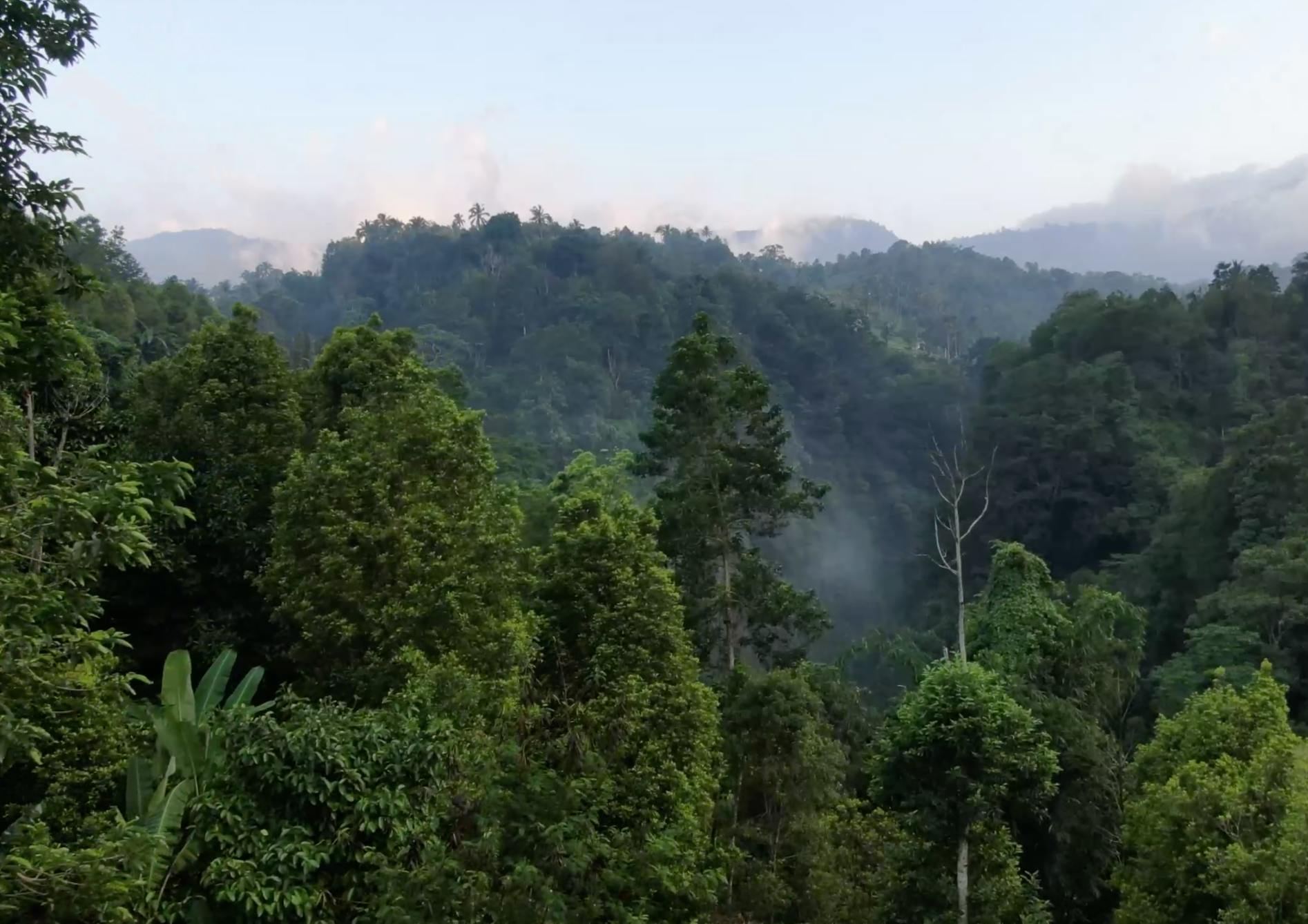Parrots fly around in the dense, moist rainforest, and in the lukewarm water, sea turtles swim. We are not on a Pacific island near the equator, but on the islands of Fur and Mors in what is today northern Denmark – 55 million years ago, during the geological epoch eocene.
The continents are in motion. Europe and Asia are separated by a large sea. Africa is far from Southern Europe and North and South America are separated. The atmosphere is full of greenhouse gases, which preserve the planet’s heat. The average temperature is around 30 degrees and Antarctica is not covered by ice, but by palm trees.
Over the course of millions of years, the temperature then begins to drop, to finally reach nine degrees, when an ice age occurs. The ice age is followed by an interglacial period and in this way the climate cycle continues until today, when the parrots have been replaced by gray pigeons.
Geologists have long tried to explain why this happened and so far they have only found small partial explanations. Now, new, surprising research shows that the Nordic region’s cooling was due to two completely different actors: Antarctic ocean currents and rock minerals in Southeast Asia.
–


:quality(80)/cdn-kiosk-api.telegraaf.nl/b48880c4-8f8d-11eb-bb39-02d1dbdc35d1.jpg)